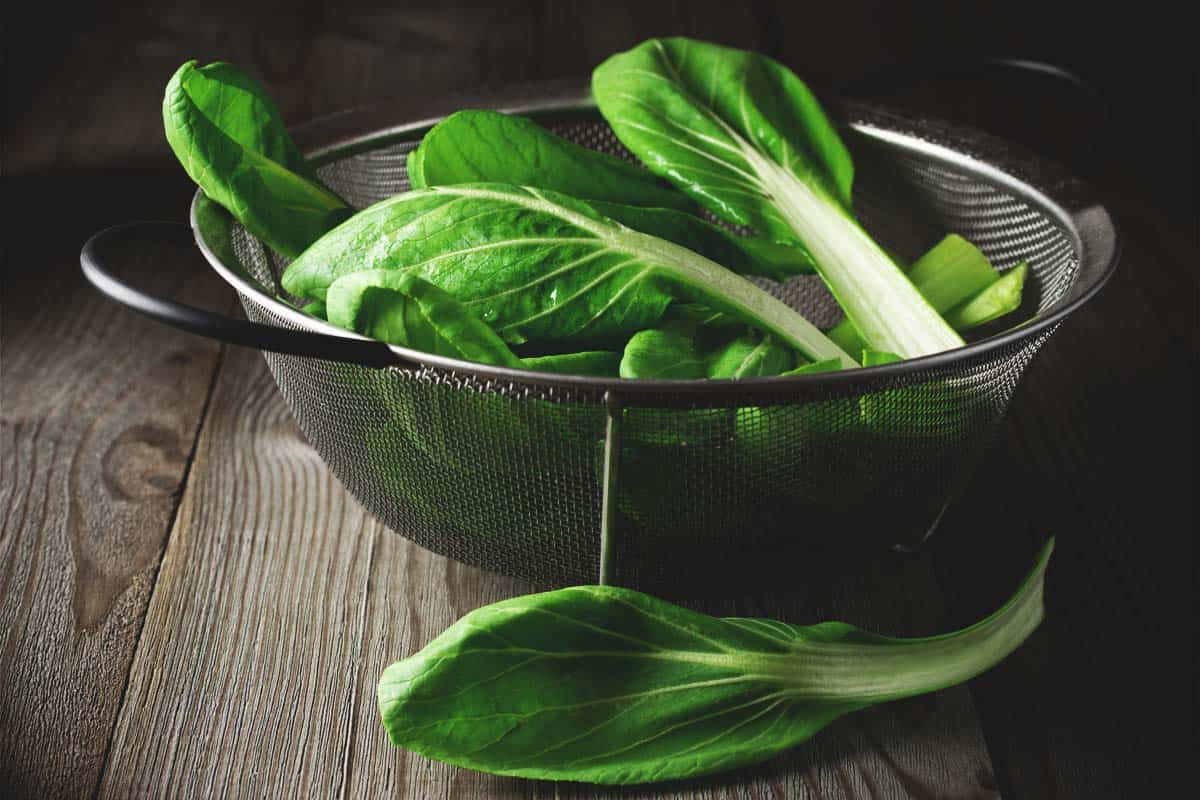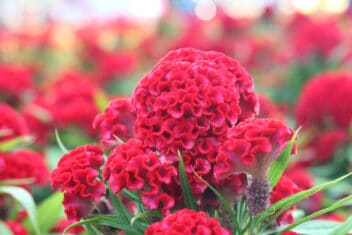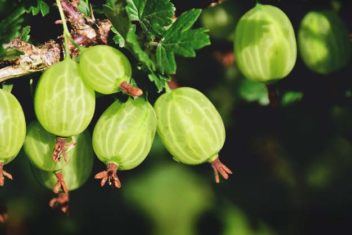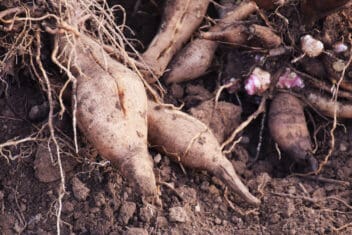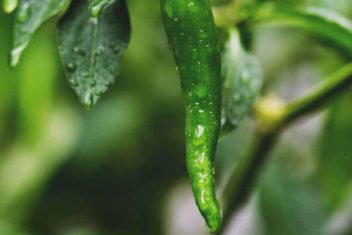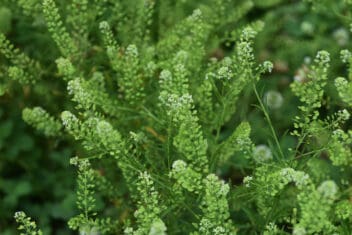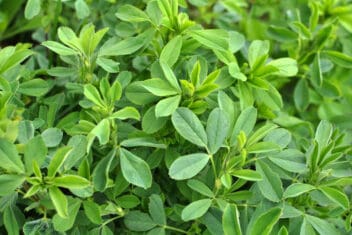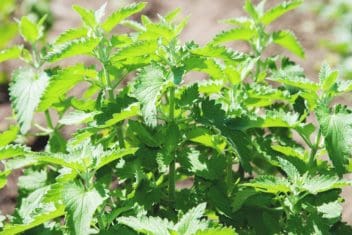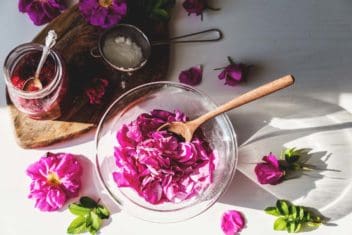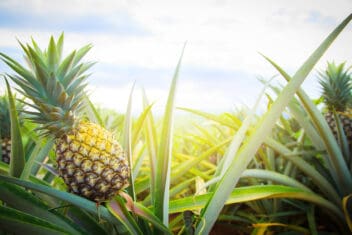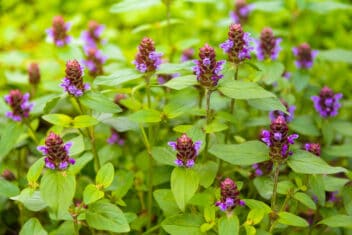Forget traditional lettuces – Asian greens are where it’s at. Tatsoi (pronounced taht-SOY) is related to mustard greens and is similar in taste to bok choy, but with a little more bite. Growing tatsoi is a worthwhile adventure that yields tons of tasty leaves to spice up your dishes.
Tatsoi is a cool-weather crop in the brassica family. It grows in a round rosette shape similar to cabbage but with spoon-shaped leaves. In fact, you may have heard it referred to as spoon mustard.
Tired of running out of fresh greens in January? Tatsoi is a smart garden addition if you are interested in extending your growing season. It can handle a real chill and keep on producing.
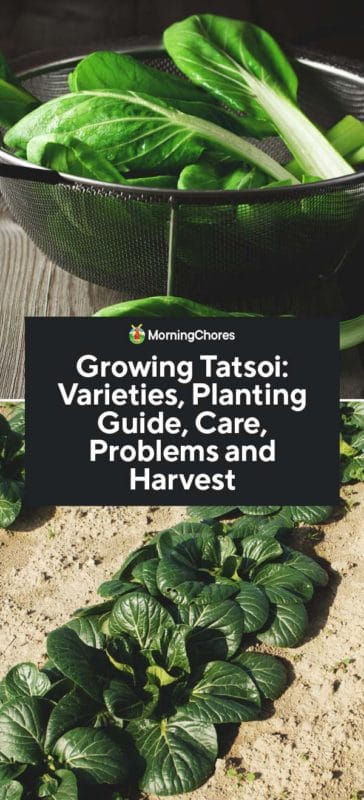
Tatsoi Varieties
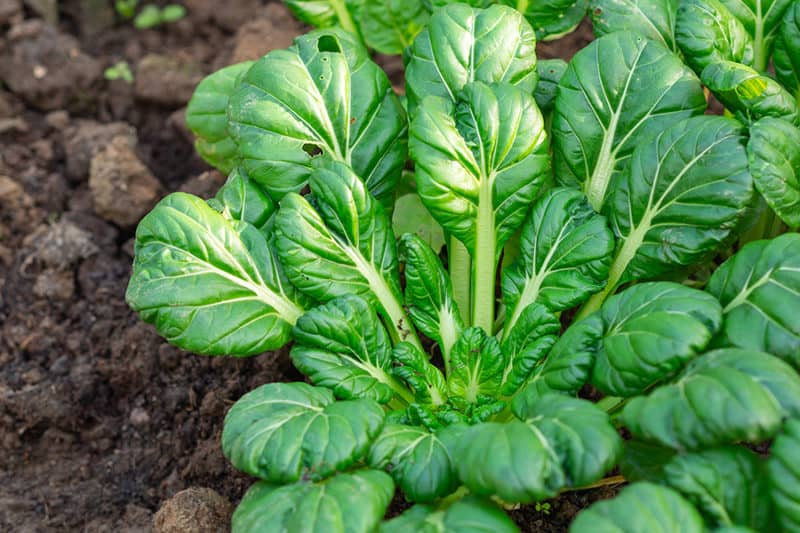
Be careful when you are looking for tatsoi seed. Many times it is confused with bok choi or mizuna because they are closely related. Remember to watch for the scientific name which is (Brassica rapa subsp. Narinosa). The subspecies is the important part since related species is Brassica rapa.
Tatsoi
You often see this variety listed as tatsoi or as an “Asian green.” Organic Asian Green Seed from Johnny’s Seeds is their generic variety. It forms the traditional compact rosette shape, withstands frost and is great in microgreen mixes.
Koji
This hybrid variety has large, savoyed leaves and is good for bunching, which makes it ideal if you are selling at your local farmer’s market. It’s also more heat tolerant than other varieties. Plant 12-inches apart for full-size heads.
Red Cloud
This beautiful hybrid variety grows upright and has burgundy colored leaves. Great for bunching or baby leaf and has a long, tender stem. It adds real color and pizzaz to a winter salad.
Lady Murasaki Asian Green
This tatsoi variety comes from Fedco seeds and is named after Lady Murasaki, a famous Japanese author who wrote in 1000 AD. This is a striking purple, open-pollinated variety that holds its color well. It’s also slow to bolt.
Planting
Growing Zones
Tatsoi thrives outside in zones 4-7 and can tolerate temperatures down to 15°F. I have even knocked the snow off the covers to get to the plants.
Soil Requirements
This plant prefers a pH level between 6.0-7.5. Give it plenty of well-drained soil that’s rich in compost.
Sunlight Requirements
Tatsoi loves a sunny location but also does well in part shade.
Putting Seeds in the Ground
Start seeds indoors 4-6 weeks before you plan to plant outside. Seeds germinate quickly in about 7-8 days and need warmth to germinate. Aim for a temperature of about 65°F.
I also plant outside in late summer for a fall harvest. Start seeds with other greens under shade cloth and then switch to a winter weight garden cover after the first light frost. If you have late summer warmth hanging on, remember to water well each week.
Spacing
Place your seeds or transplants 8-10 inches apart with 24-inches between rows. You can put upright varieties closer together. If you are growing baby leaf, you can seed plants 3-inches apart.
Winter Growing
I follow a cold-hardy plan designed by Eliot Coleman in his book Four Season Harvest. Plant tatsoi and other hardy greens in an unheated greenhouse in late fall. I typically plant out transplants in the greenhouse in mid-October in agriculture zone 6.
There are several advantages to growing in the fall and winter. There are fewer pests and diseases, which is nice. Many weeds have completed their growing cycle and are dormant for the winter. But the best reward is being able to have a fresh green crunchy salad when everything else is dormant.
Microgreens
Tatsoi makes a fabulous microgreen. I like to use them on sandwiches, and for a garnish on omelets. As a microgreen, tatsoi has a tangy mustard flavor.
Steps to growing as a microgreen:
- Fill a 5×5-inch tray with premoistened peat or coir based medium.
- Scatter 1-2 teaspoons of seed over the medium and press them in firmly.
- Cover your crop with a solid cover to keep light out and moisture in. Monitor every day for sprouting. When seeds sprout an inch above the soil line, remove the solid cover and replace it with a clear cover.
- Keep your medium moist by misting, not watering.
- Place plants in direct sunlight or under grow lights when they show leaves.
- Harvest when the leaves are open and 2-5 inches tall. They take 7-12 days to mature. Cut just above the soil mix with scissors or sharp knife.
Caring for Tatsoi
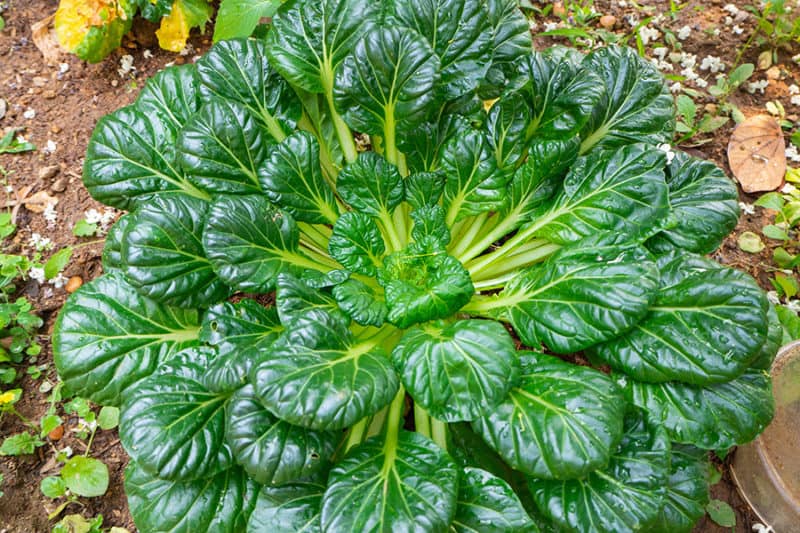
Tatsoi keeps producing in cool weather but will bolt if the weather gets too warm. Once the weather warms up you can prolong your crop by using shade cloth.
Keep an eye on tatsoi growing in the winter for bolting as well. Tatsoi is a biennial and it will start to go to seed if you have an unusually warm spell.
Water
Tatsoi likes an inch of water every week. A thick layer of mulch can help the soil retain water.
Fertilizer
Mix an organic fertilizer into the soil before planting. Give a monthly drench of organic fertilizer such as fish emulsion or compost tea.
Problems and Solutions for Growing Tatsoi
Being in the brassica family, tatsoi has a number of pests and problems. Whenever you get started with a new crop, it’s important to remember that controlling pests and disease doesn’t occur only during the garden season. There are many things you can do all year to control problems.
Flea beetles
Flea beetles are my nemesis and can be a problem for many crops, including tatsoi. These tiny bugs chew small holes in the leaves of young plants. Control them by using a straw mulch and covering new planting areas with garden fabric row covers.
Cabbage Looper
Watch out for the white butterflies that are the parent of the cabbage looper caterpillar. The newborn larvae quickly chew up any leaves in the brassica family. Control organically with Spinosad and use row covers.
Blackleg
Blackleg is a real problem in the Northwest section of the country and some states such as Oregon have restrictions of brassica seeds. The bacterial pest (Phoma lingam) can survive four years in the seed and three years in the garden.
Symptoms are brown or black lesions on the roots and stem. The best control is good management with crop rotation, good airflow, and underground irrigation. Overhead sprinklers can spread the disease.
Control includes destroying diseased plants. Do not compost them. Actinovate and copper are two organic fungicides you can try, but prevention is best.
Downy Mildew
We often think of downy mildew as something that bothers vine crops such as tomatoes and cucumbers, but it can affect growing greens like tatsoi as well.
Downy mildew causes leaves to wither and die, which of course ruins your tatsoi. There are a few strains in particular that affect spinach and can be transferred to other greens
Neem is a good organic remedy for mildews. You can also make sure you have good air circulation and water plants from the bottom with drip irrigation.
Best Companions for Tatsoi
Tatsoi does well with other brassicas such as cabbage, mizuna, and endive. It will also play nice with lettuce, parsley, and spinach.
It makes a nice edible landscape plant along with violets, pansies, and nasturtiums. You can also grow it with other greens found in mesclun mixtures.
Don’t grow tatsoi near potatoes.
Harvesting and Storing

Tatsoi takes 21 days for baby leaf and 45 days for a full head. You can cut it at any stage depending on what you plan to use it for.
Harvesting tatsoi is similar to cut-and-come-again greens such as lettuce. You can cut off individual leaves which will stimulate the plant to make more. You can also cut the stem near the ground level to harvest the whole head.
Keep it in the crisper section of the fridge for up to one week
Tatsoi is an excellent substitute for spinach. Varieties like Koji do better in the summer when nice green leaves are needed. It adds a nice mild mustardy flavor to sandwiches and salads. It’s also great when used in stir-fry, quiche, and lasagna.
Tatsoi is nutritious and is high in calcium, phosphorus, and vitamins A,C, and K.
Tatsoi Salad with Spicy Peanut Dressing
This salad incorporates many of your late summer and fall veggies and is insanely good. The peanut dressing makes it a wonderful Thai dish. This recipe comes from the New Entry Sustainable Farming Project at Tufts University.
Ingredients
- 1 head tatsoi, cleaned and chopped
- 3 radishes, thinly sliced
- 3 small carrots, thinly sliced
- 1/3 cucumber, chopped
- 1 salad tomato, chopped
To make the dressing, combine:
- 1 tbsp peanut butter
- 1 tbsp honey
- 1 tbsp low sodium soy sauce
- 1 tbsp rice vinegar
- 2 tsp vegetable oil
- 1.5 tsp chili garlic sauce
- Juice of one-half lime
- 1/4 tsp ground ginger
- 1 tsp toasted sesame seeds
Directions
Add all of the salad ingredients to a large bowl and toss
In a small bowl, whisk dressing ingredients together, adjusting chili garlic sauce to your desired degree of spiciness
Top salad with dressing and enjoy!
The Bottom Line on Growing Tatsoi
Growing tatsoi is a good way to expand your greens options and is an excellent option for cool weather planting. I started growing more Asian greens several years ago and I’m really enjoying the new recipes I have found. Be sure to share any of your recipes with us as well.
